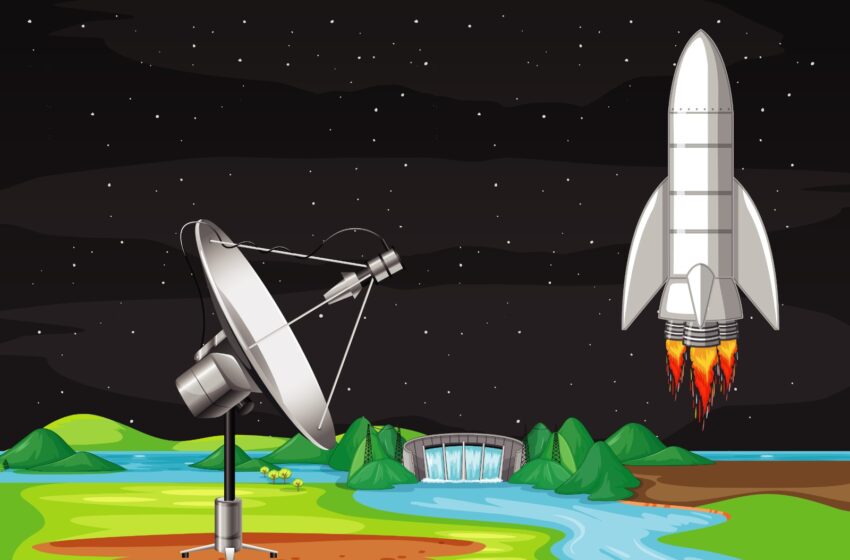
Utilising Satellite Technology to Address Critical Environmental Issues
In recent years, the escalating environmental crises have propelled scientists and environmentalists to search for innovative solutions.
Among these, satellite technology emerges as a pivotal tool, offering a unique vantage point to monitor and address critical environmental issues.
This technology not only enhances our understanding of Earth’s environmental systems but also empowers decision-makers with data-driven insights to combat environmental challenges effectively.
The Role of Satellites in Environmental Monitoring
Satellite technology has revolutionised the way we observe and understand the Earth’s environment. From high above the planet’s surface, satellites provide comprehensive, global perspectives on various environmental issues, including climate change, deforestation, and ocean health.
Climate Change Monitoring: Satellites measure atmospheric gas concentrations, surface temperatures, and ice cap changes, providing crucial data for climate models and policy planning.
Deforestation Detection: Deforestation, a major contributor to biodiversity loss and carbon emissions, can be closely monitored through satellite imagery.
Ocean and Coastal Management: Satellites monitor ocean temperatures, sea levels, and chlorophyll concentrations, offering insights into ocean health and helping to manage marine resources sustainably. Satellite data have been instrumental in tracking the Great Pacific Garbage Patch, guiding cleanup efforts in these critical marine environments.
Satellite Technology in Disaster Response and Management
Natural disasters such as wildfires, hurricanes, and floods pose significant threats to both human life and ecosystems. Satellite technology plays a crucial role in disaster response and management by providing timely data that can be used to mitigate impacts and plan efficient responses.
Early Warning Systems: Satellites contribute to early warning systems for natural disasters, offering critical lead times to evacuate populations or deploy emergency services. For instance, satellite data is crucial in predicting hurricane paths and intensity, potentially saving thousands of lives annually.
Post-Disaster Assessment and Recovery: After disasters, satellite imagery helps assess damage, guide resource allocation, and monitor recovery efforts. The aftermath of the 2010 Haiti earthquake saw extensive use of satellite imagery to coordinate aid and reconstruction efforts effectively.
Challenges and Future Directions
Despite the significant advantages of satellite technology in addressing environmental issues, there are challenges to be overcome. These include the high cost of satellite missions, data accessibility issues, and the need for advanced analytics to interpret the vast amounts of data collected.
Cost and Accessibility: The development and launch of satellites involve substantial investment. However, initiatives like the Copernicus program by the European Union offer free and open data, setting a precedent for global data sharing.
Advanced Analytics: The future of satellite technology in environmental monitoring lies in the development of more sophisticated data analysis tools, including artificial intelligence (AI) and machine learning algorithms, to process and interpret satellite data more efficiently and accurately.
Conclusion
Satellite technology stands as a beacon of hope in the fight against environmental degradation. By providing invaluable data and insights, it enables more informed decisions in addressing climate change, deforestation, ocean health, and natural disasters.
Despite the challenges, the future holds promise for enhanced satellite capabilities and wider accessibility of data, paving the way for more effective environmental protection and management strategies.
As we continue to harness this technology, it is crucial that global cooperation and investment in satellite and data analysis technologies are prioritized to safeguard our planet for future generations.















